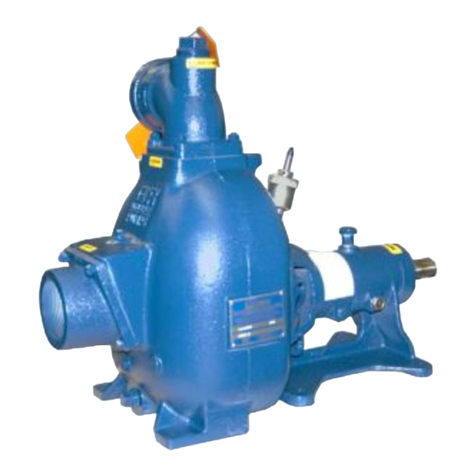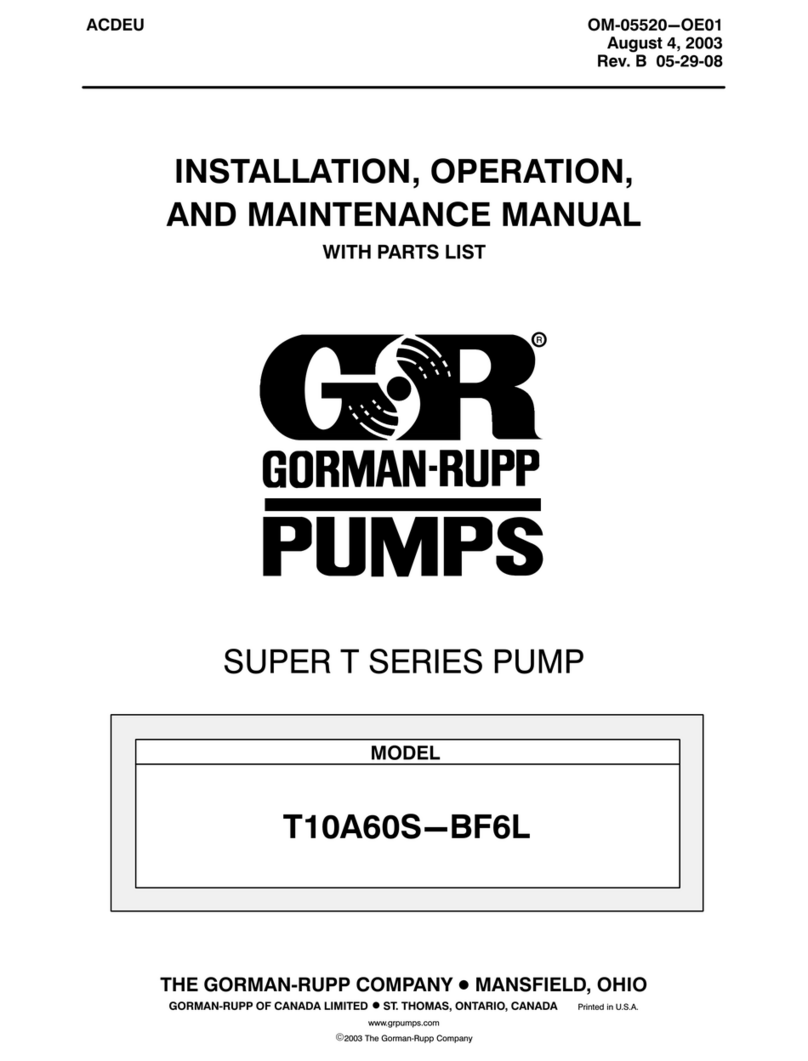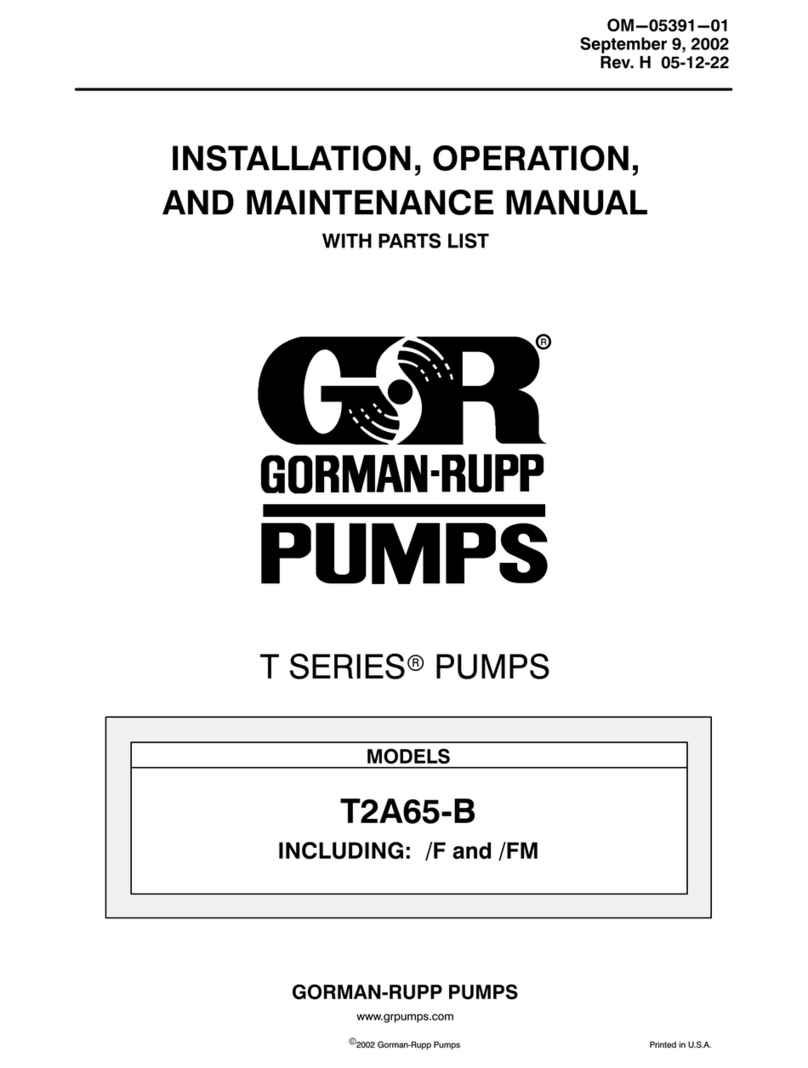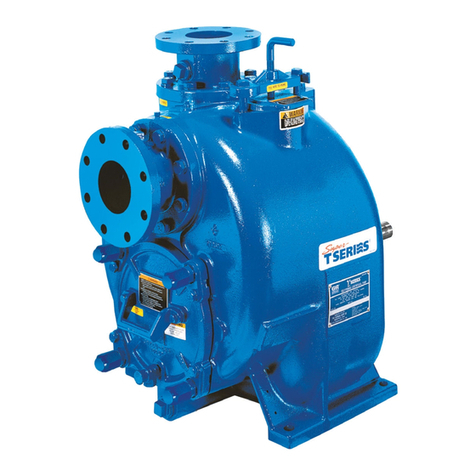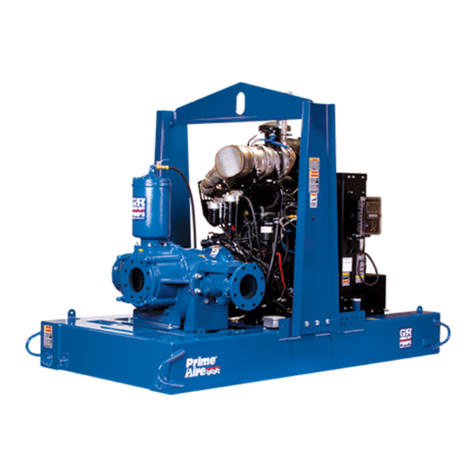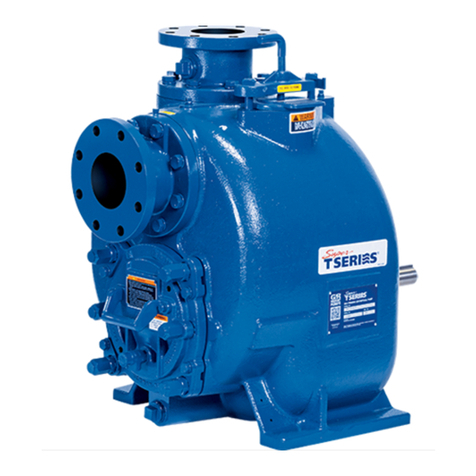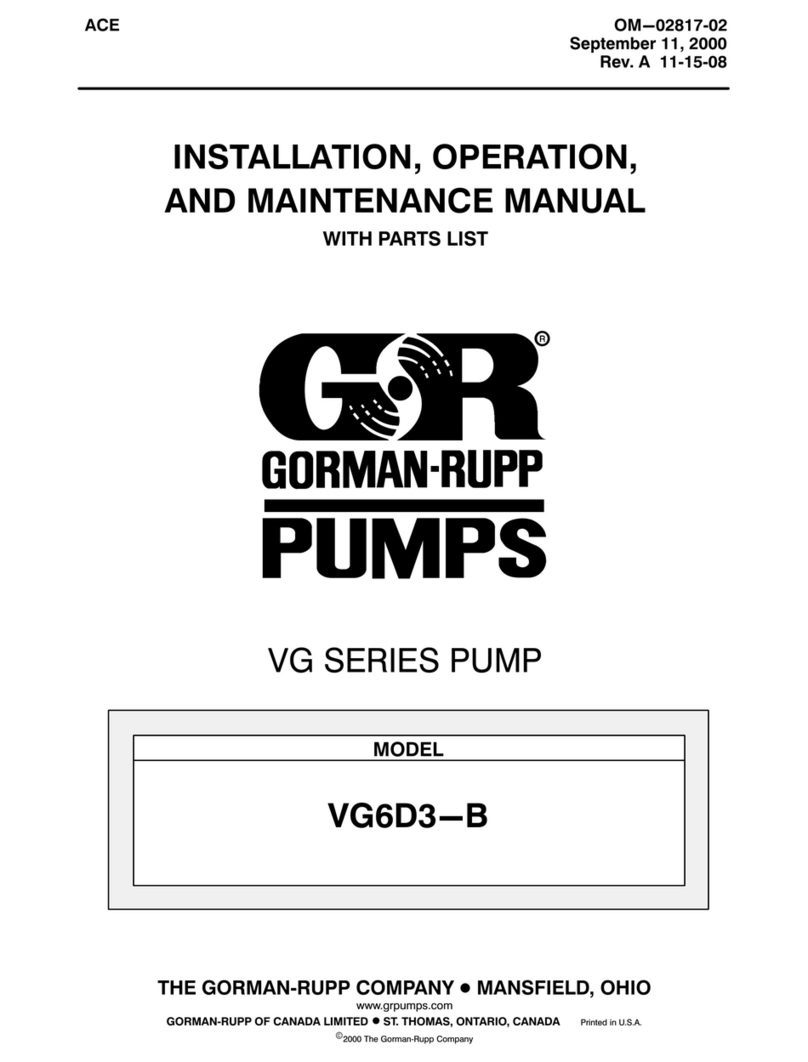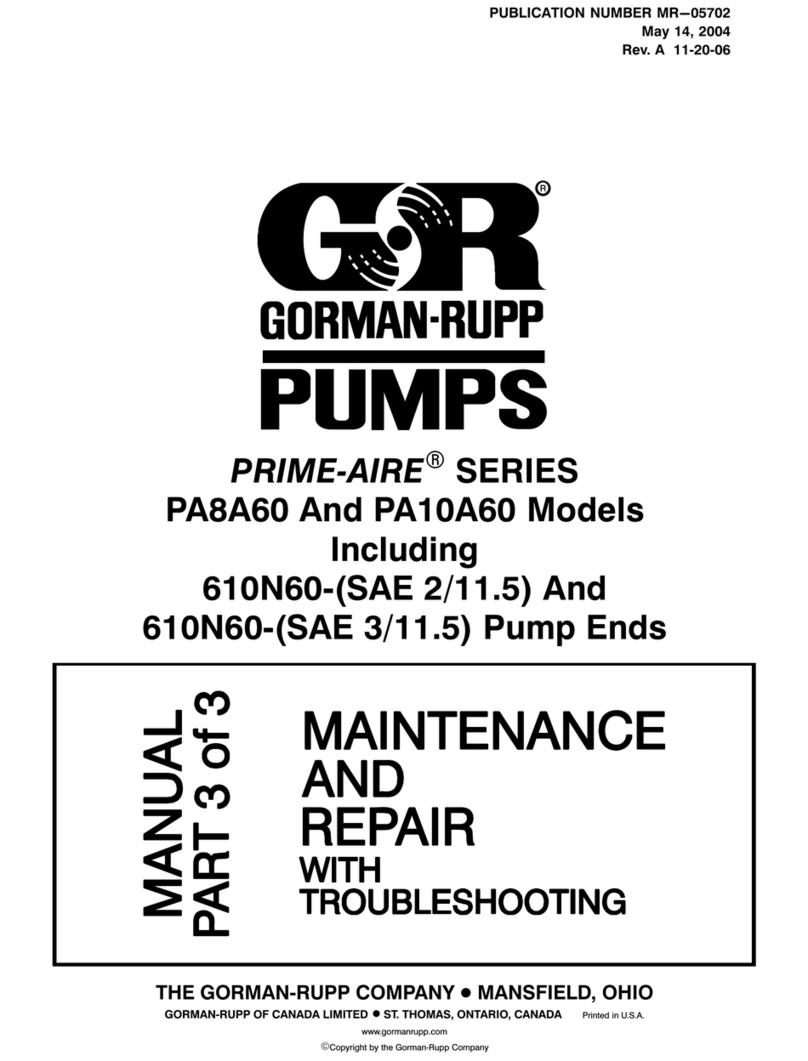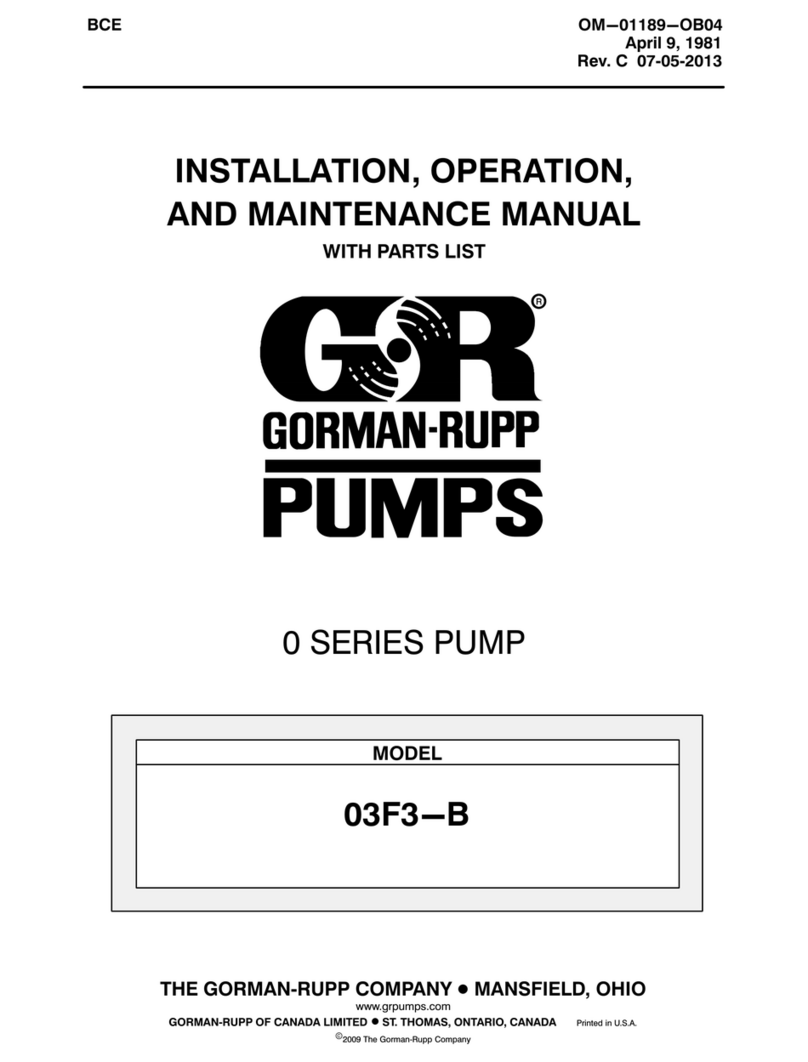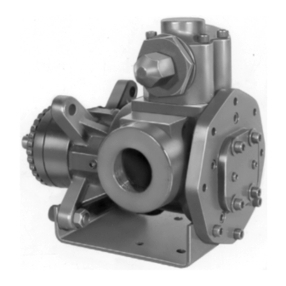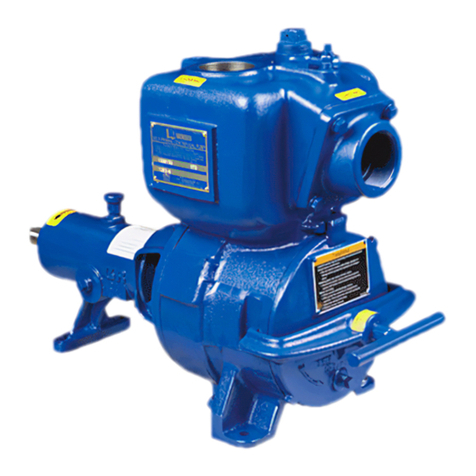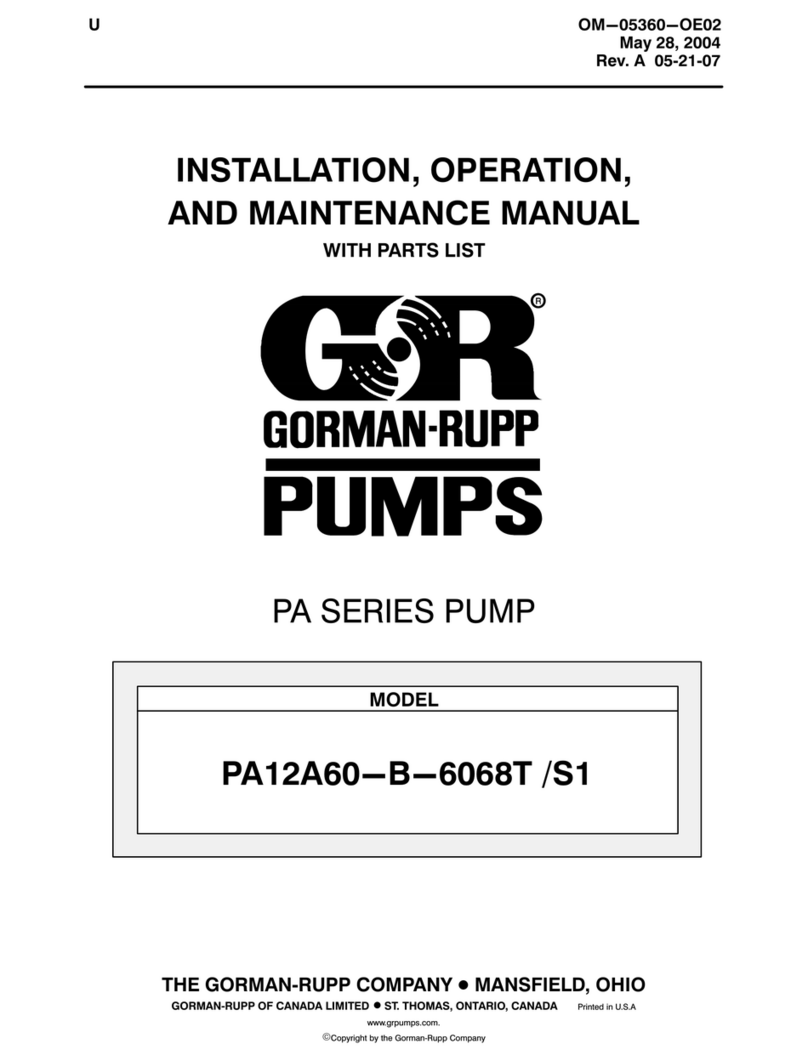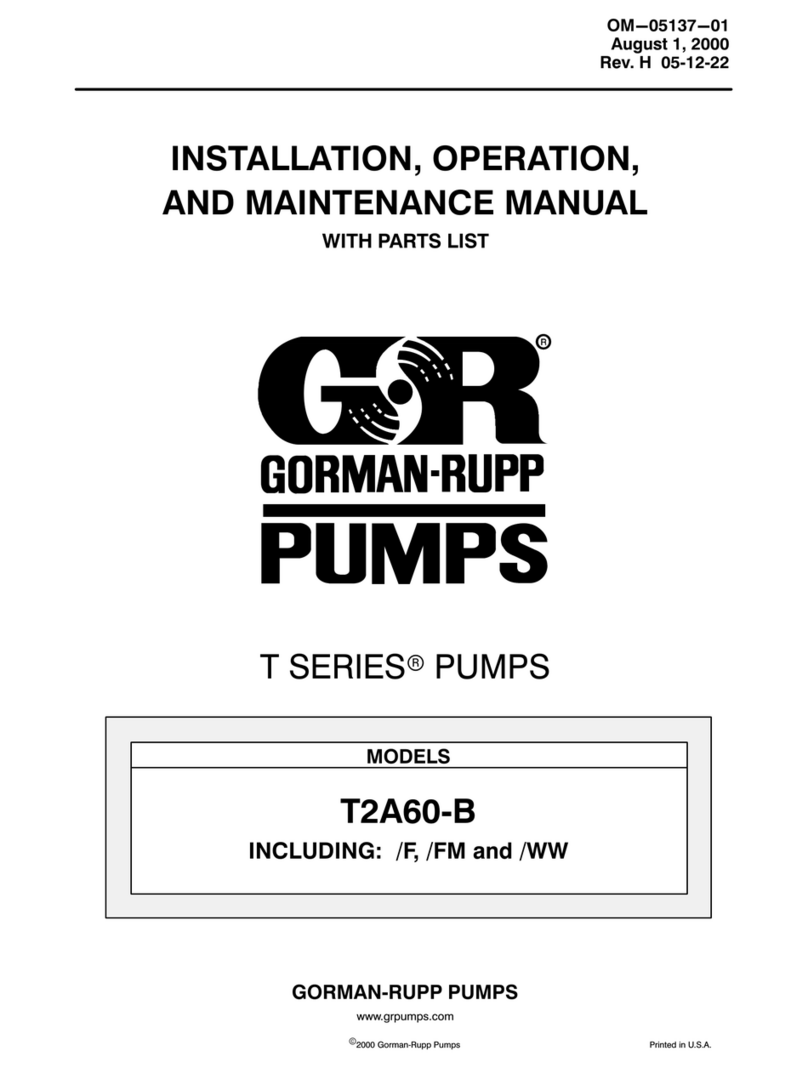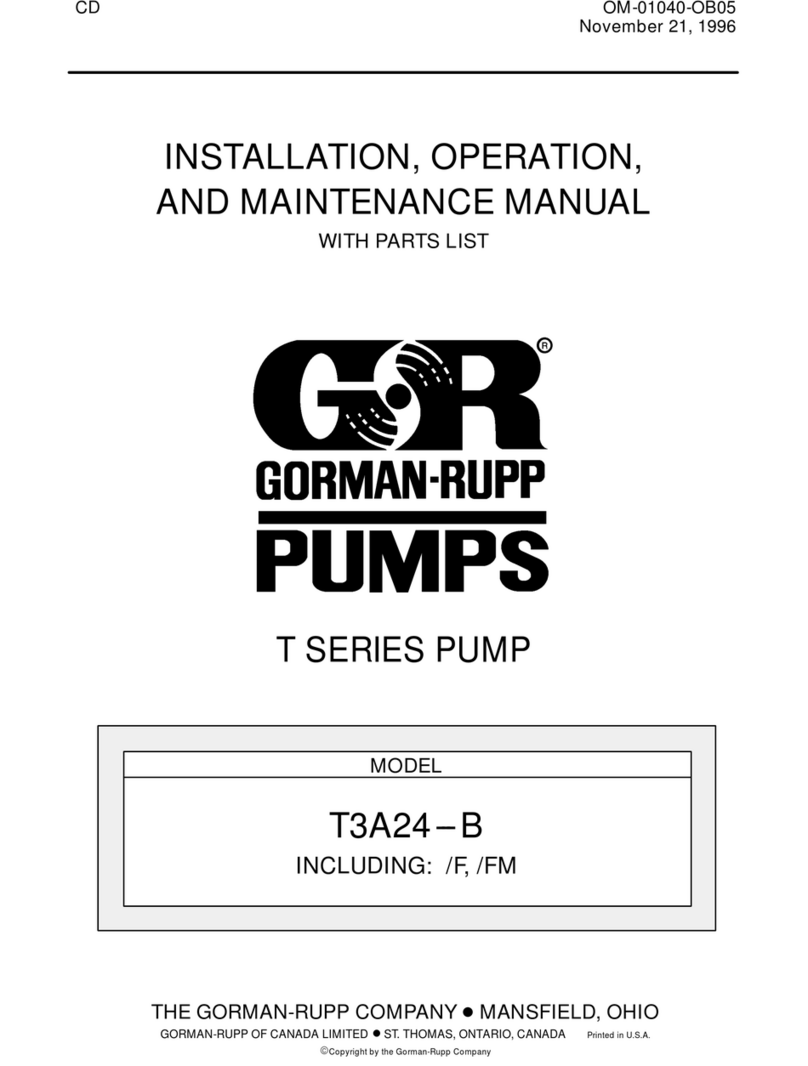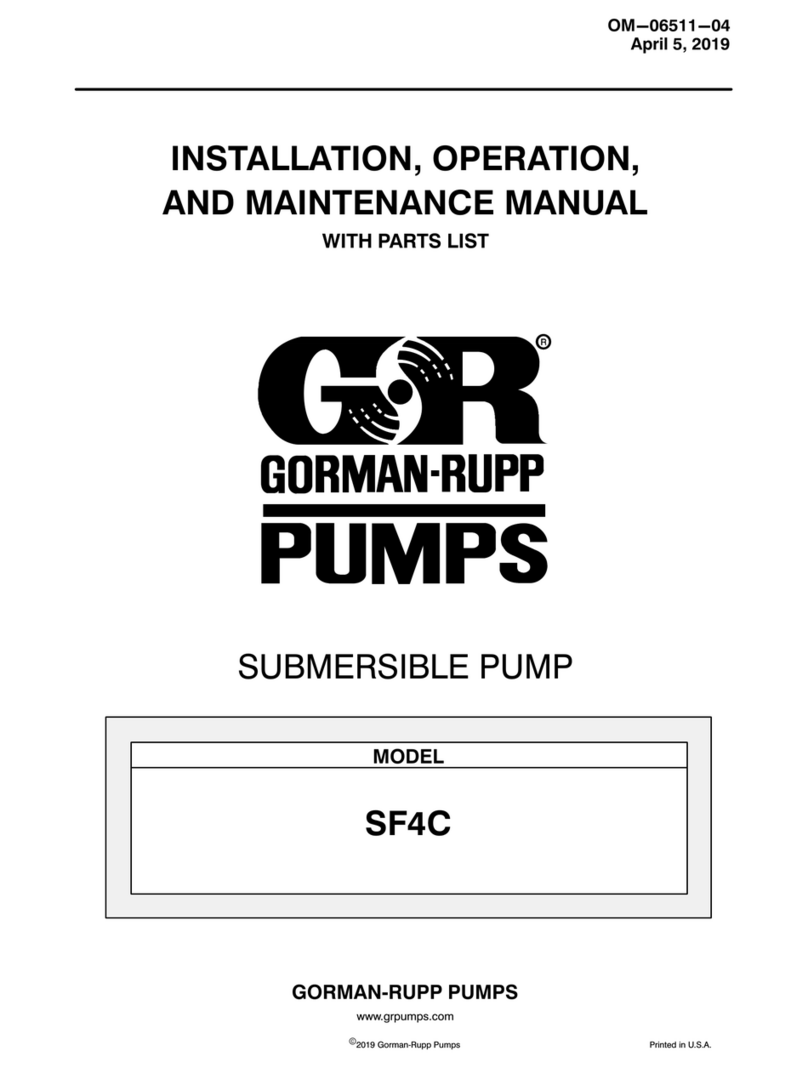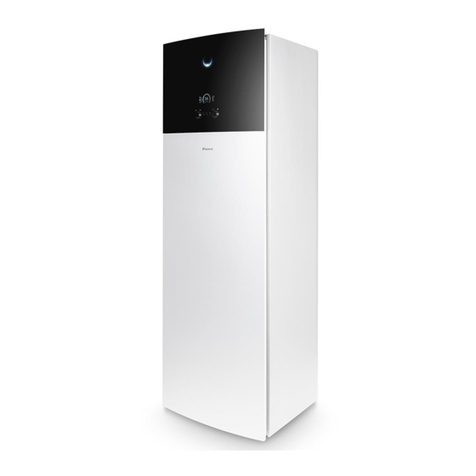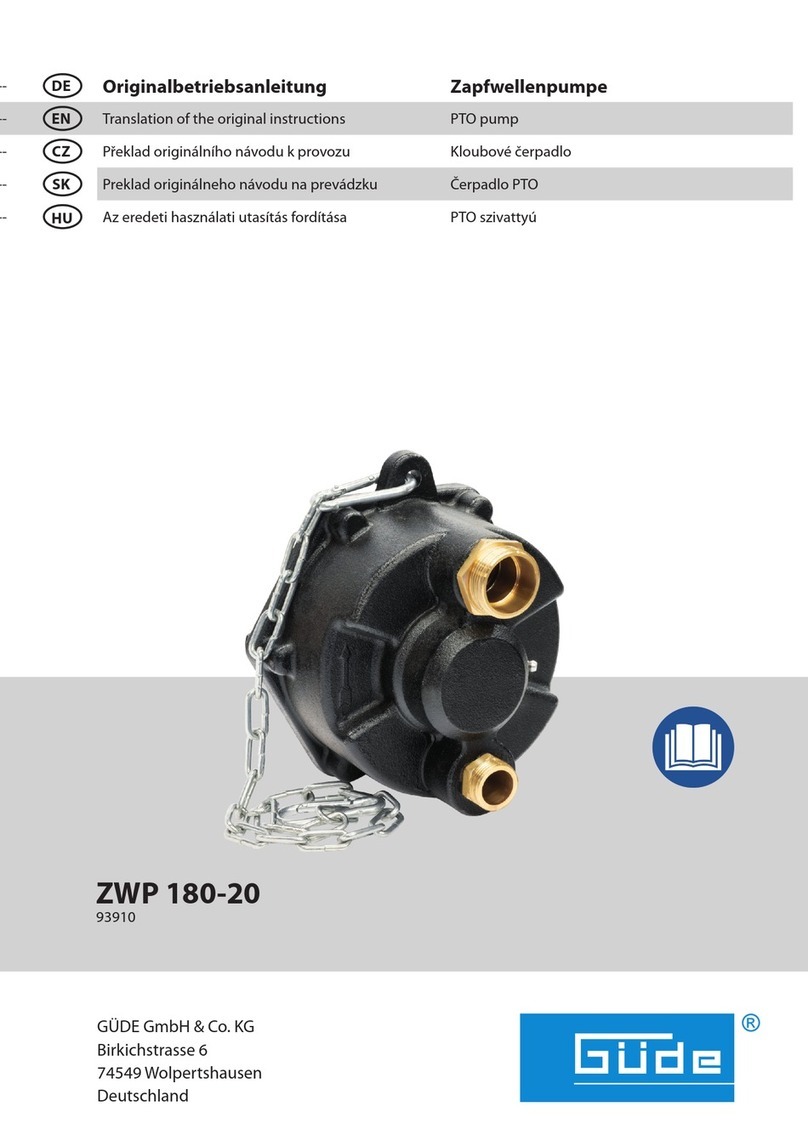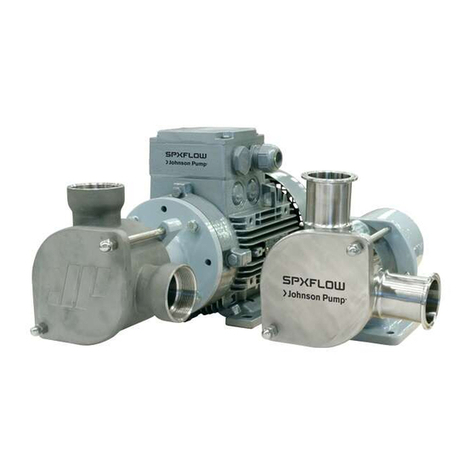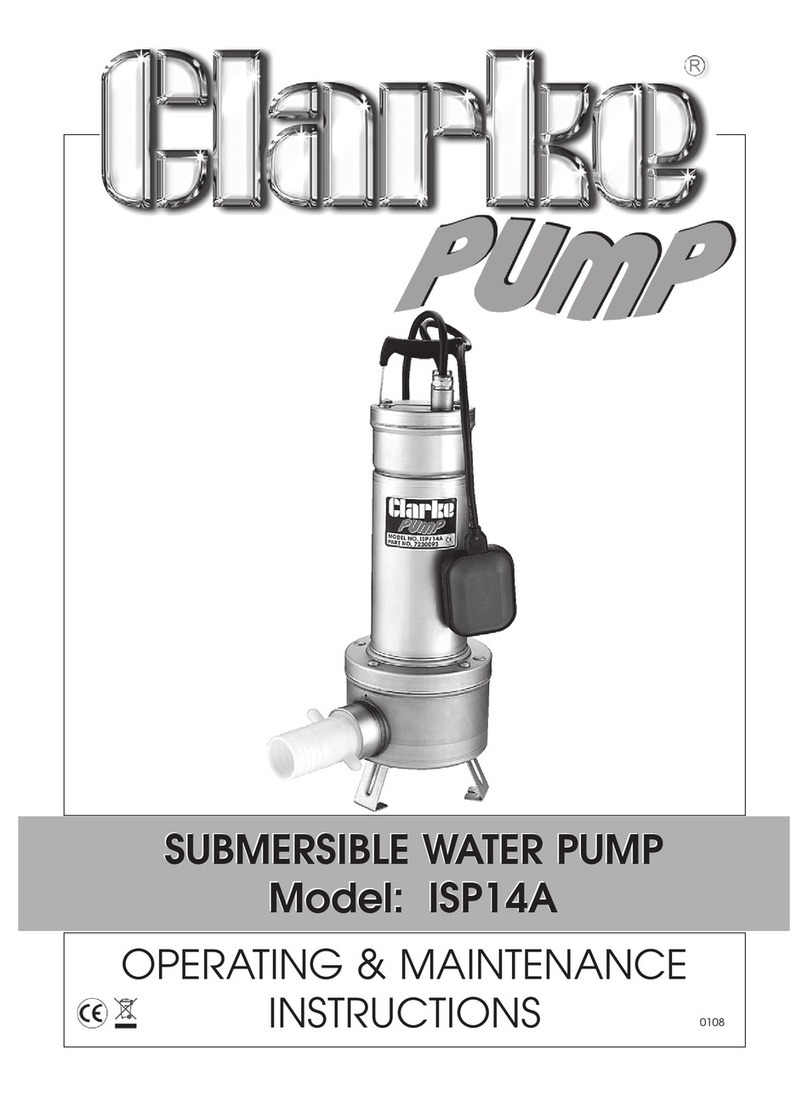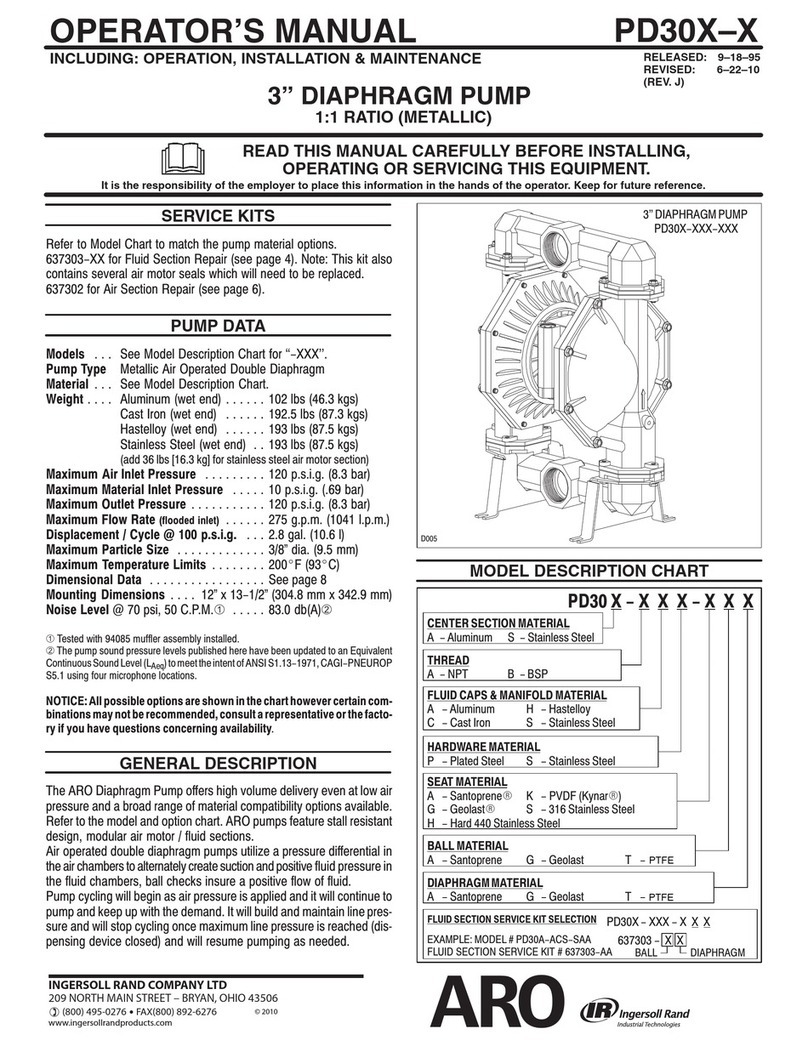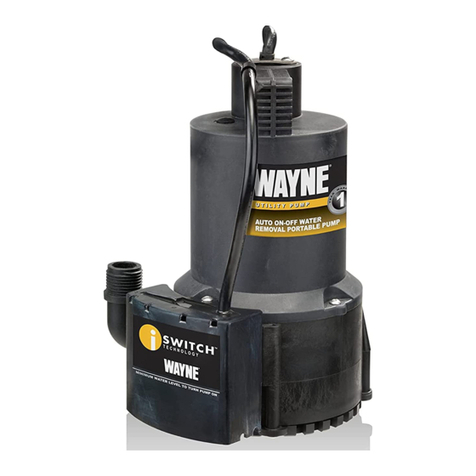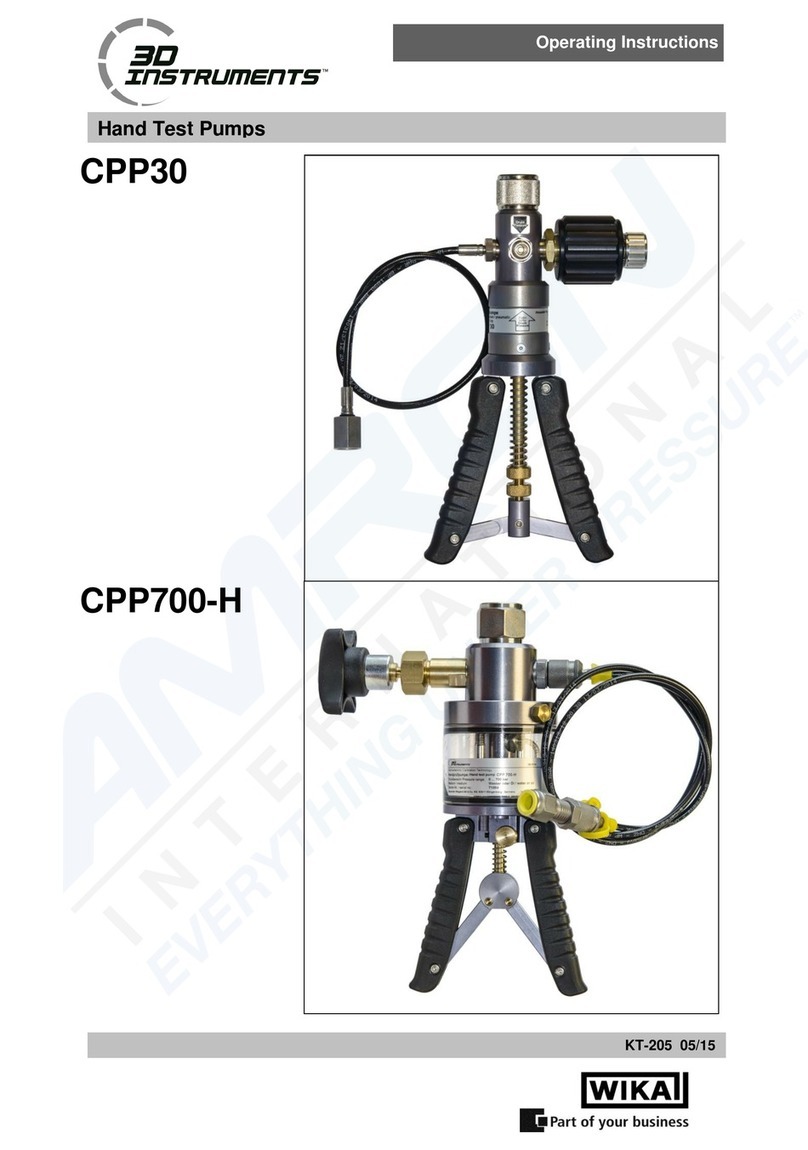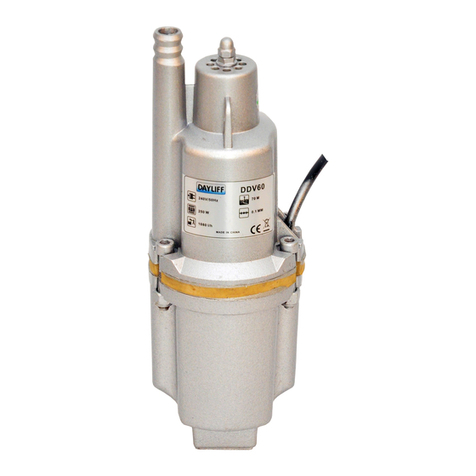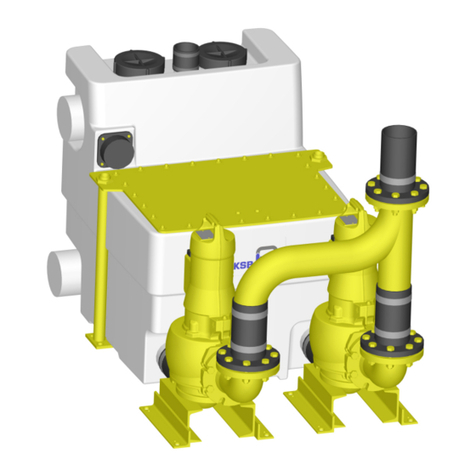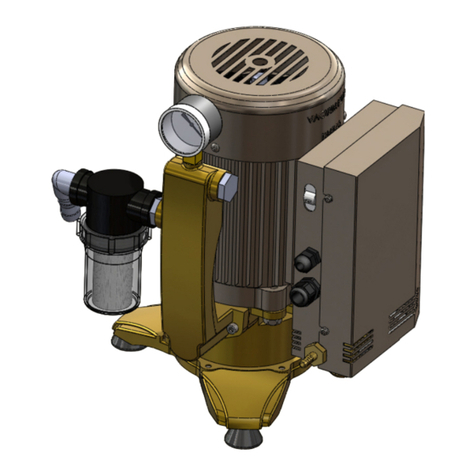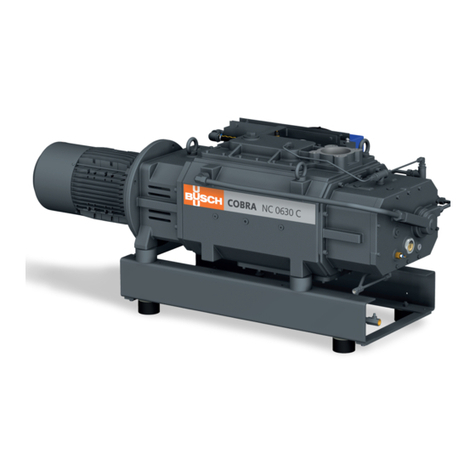
Specications Information and Repair Parts Manual 337 Series and 338 Series
3370-250-00 2 5/2022
4. Be careful not to touch the exterior of the engine, especially the muer
and the area around it. It is hot enough to be painful or cause injury.
5. To prevent accidental starting, always remove the spark plug or disconnect
and ground the spark plug wire before working on the engine or the
equipment driven by the engine.
6. DO NOT RUN THE ENGINE IN AN ENCLOSED AREA!! Exhaust gases
contain carbon monoxide, which is an odorless and deadly gas that will
cause death if breathed too long. If equipment is located in an enclosed
area with an exhaust line to the outside, regularly check the exhaust
system for leaks. Be sure the area is well ventilated.
7. If the gas engine is equipped with a spark arrester screen in the muer, it
should be inspected for wear periodically and replaced when necessary.
Specic Safety Information for Electric Motor Driven Pump
1. This unit is not waterproof and is not intended to be used in potentially wet
locations. The motor is designed to be used in a clean dry location with
access to an adequate supply of cooling air. Ambient temperature around
the motor should not exceed 104º F (40º C). For outdoor installations,
motor must be protected by a cover that does not block air ow to
and around the motor. This unit is not weatherproof nor is it able to be
submersed in water.
2. When wiring an electrically driven pump, follow all electrical and safety
codes, as well as the most recent United States National Electrical Code
(NEC) and the Occupational Safety and Health Act (OSHA).
Risk of electrical shock! Never connect the green (or green and yellow)
wire to a live terminal.
3. To reduce the risk of electric shock, the motor must be securely and
adequately grounded!. This can be accomplished by either: (1) inserting
plug (portable) directly into a properly installed and grounded 3-prong
grounding-type receptacle (as shown in Figure 2); (2) permanently wiring
the unit with a grounded metal raceway system; (3) using a separate
ground wire connected to the bare metal of the motor frame; or (4) other
suitable means. The green (or green and yellow) conductor in the cord is
the grounding wire. The motor must be securely and adequately grounded
for your protection against shock hazards! Where a 2-prong wall receptacle
is encountered, it must be replaced with a properly grounded 3-prong
receptacle with a grounded 3-prong receptacle installed in accordance
with the National Electrical Code and local codes and ordinances.
To ensure a proper ground, the grounding means must be tested by a
qualied electrician. Use only 3-wire extension cords that have 3-prong,
grounding-type plugs and 3-pole receptacles that accept the equipment
plug.
4. All wiring should be performed by a qualied electrician.
Figure 2 Grounding Methods
An incorrect connection may cause an electric short, produce an electrical
shock or burn out the pump motor, resulting in property damage and/or
personal injury.
5. Protect electrical cord from sharp objects, hot surfaces, oil and chemicals.
Avoid kinking the cord. Replace or repair damaged or worn cords
immediately.
6. Provide safety shields on all moving and electrical parts to prevent
personal injury.
7. Keep ngers and foreign objects away from ventilation and other
openings. Do not insert any objects into the motor.
8. Use wire of adequate size to minimize voltage drop at the motor.
9. Disconnect power before servicing a motor or its load. If the power
disconnect is out of sight, lock it in the open position and tag it to prevent
unexpected application of power.
10. Do not touch an operating motor. Modern motors are designed to operate
at high temperatures.
General Safety Information (All Units)
1. Know the pump application, limitations and potential hazards.
Do not use to pump ammable or explosive uids such as gasoline,
fuel oil, or kerosene, etc. Do not use in ammable and/or explosive
atmospheres. Pump should only be used with liquids compatible with
pump component materials. Failure to follow this warning can result in
personal injury and/or property damage.
2. Make certain that the power source conforms to the requirements of your
equipment.
3. Provide adequate protection and guarding around moving parts.
4. Disconnect power before servicing.
5. Release all pressure within the system before servicing any component.
6. Drain all liquids from the system before servicing.
7. Secure the discharge line before starting the pump. An unsecured
discharge line will whip, possibly causing personal injury and/or property
damage.
8. Check hoses for weak or worn condition before each use, making certain
that all connections are secure.
9. Periodically inspect pump and system components. Perform routine
maintenance as required (see Maintenance Section).
10. Provide a means of pressure relief for pumps whose discharge line can
be shut o or obstructed.
11. Personal Safety:
• Wear safety glasses at all times when working with pumps.
• Wear a face shield and proper apparel when pumping hazardous
chemicals.
• Keep work area clean, uncluttered and properly lighted - replace all
unused tools and equipment.
• Keep visitors at a safe distance from the work area.
• Make workshop childproof – with padlocks, master switches and by
removing starter keys.
12. For air drive units follow Safety Information in instruction sheet supplied
with air motor.
ASSEMBLY
1. HANDLE (Refer to Figure A)
• Place handle (Ref. No. A11) on gearbox foot ange and align holes.
• Install two hex screws (Ref. No. A12) at washers (Ref. No. A13) and
hex nuts (Ref. No. A14), tighten screws.
2. ROTATING SUCTION/DISCHARGE PORTS (OPTIONAL) (Refer to
Figure A,W,P)
Diaphragm Pumps
















